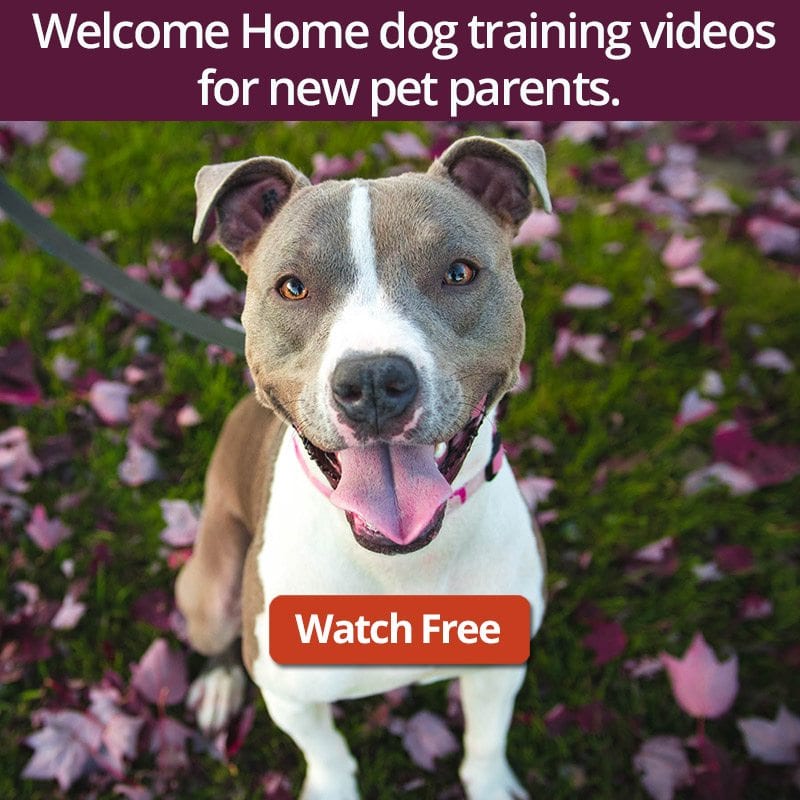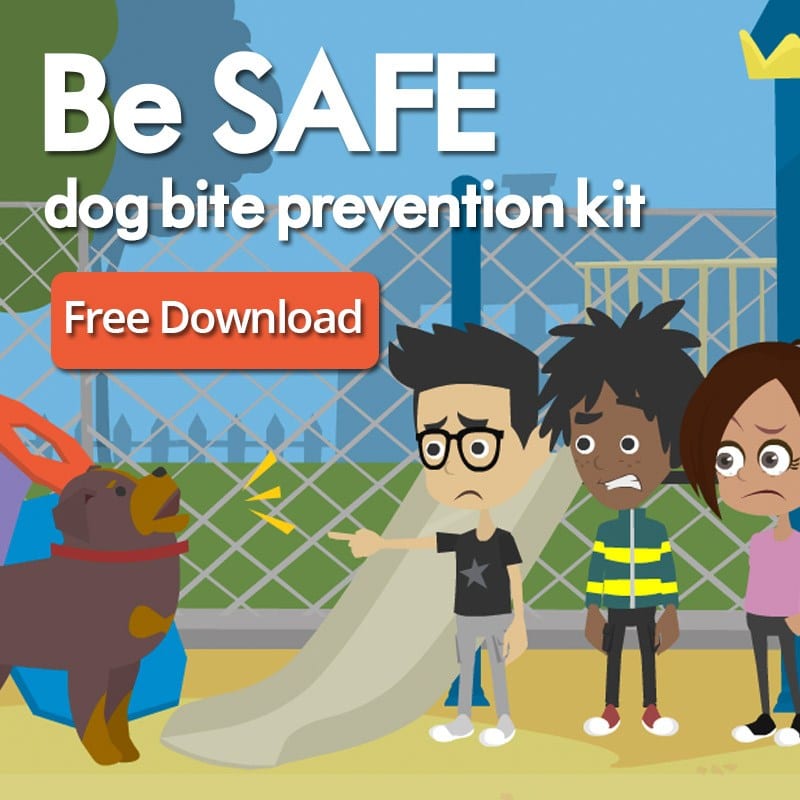Are you welcoming a new dog into your family in 2017? Good Dog in a Box is here to help you every step of the way with our Welcome Home series. This week, we’re talking about growling, why growling is such an important communication tool and why you shouldn’t punish your dog for growling.
Growling is often a disturbing vocal signal for humans to hear. The first impulse is often to correct the dog, especially if that growl is directed at a family member or a child. It is important to look at the situation from the dog’s perspective. Growling and other vocalizations are communication and proper and useful canine social signals. Growls can happen in a variety of circumstances from discomfort to guarding a resource.
A growl is not only a way that your dog communicates that they are uncomfortable or stressed, but the growl can be the dog’s only precursor to an escalation in behavior. By verbally or physically punishing a growl, we are suppressing a dog’s ability to communicate without addressing the underlying reasons for the growl. Dogs that are punished for growling can become dogs that revert to more serious behaviors to cope with discomfort or fear without any warnings.
The way that we handle growling sets up future interactions and has an impact on your relationship with your dog. Here are some growling Do’s and Don’ts:
- Don’t scold the dog for vocalizing and don’t use physical force, such as rolling the dog over on its back. These are all inappropriate, potentially dangerous, and will only serve to confuse your dog and destroy their trust in you.
- Create some distance. Get the dog out of the situation that is making him uncomfortable. Move away, leave the room, get to place where your dog can calm down and feel safe.
- Now think about what triggered the growling and create a plan for how to change your dog’s emotional state around the trigger. This is where you may need assistance from a force free dog training professional (see below for resources.) One example is to have some super high value treats and teach the dog that calm, settled behavior around the trigger gets big rewards.
- Don’t ever leave your dog unsupervised with children (even your own). Most bites happen when children and dogs are left alone together.
If you are concerned about your dog’s growling don’t hesitate to get assistance from a reward based dog training professional, especially if you have children. Dogs growling around children should not be ignored and professional help is recommended. You can find a reward based, force free dog training professional through the following organizations:
- The Certification Council for Professional Dog Trainers
- The Canadian Association of Professional Pet Dog Trainers
- Pet Professional Guild
- Family Paws Parent Education
Learn more about how your dog communicates with our DogSmart card game and many other resources at Good Dog in a Box!






Leave a Reply
Want to join the discussion?Feel free to contribute!